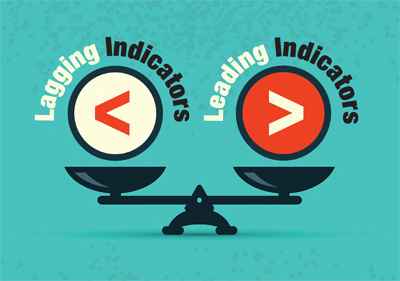Leading Indicators

Leading Indicators
Dictionary Definition
A leading indicator is any measurable or observable variable of interest that predicts a change or movement in another data series, process, trend, or other phenomenon of interest before it occurs. Leading economic indicators are used to forecast changes before the rest of the economy begins to move in a particular direction and help market observers and policymakers predict significant changes in the economy.
Plain English
Leading indicators are the metrics that pundits largely rail against when they point toward a contraction, but are quick to champion at the onset of a recovery. These are the segments or industries that are affected prior to a larger shift in the overall economy.
Leading indicators generally include building permits, an average of weekly unemployment new claims, average weekly new manufacturing orders, and several others.
The point of leading indicators is to provide an early warning mechanism for economic changes.
Why it Matters to You
Business owners would be well advised to pay attention to leading indicators to facilitate the management of their long-term strategies. For example, leading indicators in 2019 were pointing toward a contraction. Companies that heeded these indications were already considering options to pivot, diversify, or adapt months ahead of the COVID pandemic.


0 comments
Leave a comment
Please log in or register to post a comment